Talk Talk
英藉三人团 Talk Talk 成军于新浪潮运动后期,一般认为他们应属于该乐潮的一支,然而,他们自己却否认与该项运动有任何深刻的关联。虽然该团的前两张专辑,无可避免地运用了变子合成乐器,但是在本质上该团却是对电子乐器抱持着反对态度的。也由于前两张专辑创下良好卖座成绩,该团在「春之色」中,才能放手一展他们所长久追寻的表现手法,舍弃一切电子音色,而已纯吉他、纯管弦乐、纯合声组….呈现了80年代的另一崭新浪漫情调。单曲〝Life Is What You Make It〞推出之后,已出现于英美排行高名次之列,势必将为该团带来另一次多采多姿的春天。1981年,22岁的 Mark Hollis 经由其兄长的引荐,正准备与 Lsland 唱片签约。为了制作试听带,他找来了鼓手 Lee Harris 及贝斯手 Paul Webb,三人一拍及合,决定以 Talk Talk 为团名,信心十足地一闯歌坛。首先,他们在英国各地巡回表演,引起英国广播电台权威节目 Capi-tal Radio 及 Radio 1 的注意,成为该节目常态性的特别来宾, Talk Talk 之名因而传遍英国,在制作人 Jimmy Miller 的牵线下,EMI 唱片公司签下了这支未出片先轰动的三人组。82年7月,该团推出首张专辑「The Party’s Over」,获得乐评一致赞赏,单曲〝Today〞拥有英排行十四名的成绩。「The Colour Of Spring」是86年作品,共收有〝Happiness Is Easy〞〝Living In Another World〞….等八首新作。Talk Talk 摒绝一切电子合成音色,而以真弦乐及合声酝酿出音色纯度及高的作品,想象的空间极为宽广,吉他部分的编演尤其令人神往不已。 With the exception of a handful of common threads — chief among them the plaintive vocals and haunting lyrics of frontman Mark Hollis — there is little to suggest that the five studio LPs which make up the Talk Talk oeuvre are indeed the work of the same band throughout. After beginning their career with records which virtually epitomize the new wave era which spawned them, the British group never looked back, making significant strides with each successive album on its way to discovering a wholly unique and uncategorizable sound informed by elements of jazz, classical, and ambient music; their masterful final recordings, while neglected commercially, possess a timelessness rare among music of any genre, and in retrospect they seem the clear starting point for the post-rock movement of the 1990s.The story of Talk Talk begins with singer/songwriter Hollis, the younger brother of Ed Hollis, a disc jockey and producer who went on to manage such punk-era bands as Eddie & the Hot Rods. Mark originally planned to become a child psychologist, but in 1975, he left university to relocate to London, eventually forming a band called the Reaction; Ed Hollis called in a few favors, and in 1977, the Reaction recorded a demo tape for Island Records. Among the tracks was a Hollis original titled Talk Talk, which later surfaced on the Beggars Banquet punk compilation Streets. After just one single, 1978s I Cant Resist, the Reaction disbanded, and through his brother, Hollis was first introduced to bassist Paul Webb, drummer Lee Harris, and keyboardist Simon Brenner, with whom he formed Talk Talk in 1981.After recording a number of demos with producer Jimmy Miller, Talk Talk signed to EMI, who assigned Duran Duran producer Colin Thurston to helm their first two singles, Mirror Man and Talk Talk. Clearly, EMIs intent was to mold the band in the spirit of the new romantic movement, and toward that end, they also tapped Talk Talk as the opener on Duran Durans 1982 U.K. tour. Their debut LP, The Partys Over, was indeed a product of its times, defined by contemporary synth pop sensibilities but with an honesty and lyrical depth absent from most other records of the moment. In 1983, Talk Talk resurfaced with the single My Foolish Friend, which in itself marked a major leap from the first record with its denser and more mature sound; the subsequent dismissal of Brenner made it plain that the bands days of relying on synthesizers were over for good.The remainder of 1983 was spent writing and recording Its My Life, Talk Talks breakthrough recording. The turning point was the arrival of producer and multi-instrumentalist Tim Friese-Greene, who was to remain an unofficial fourth member of the band for the remainder of its existence. In Friese-Greene, Hollis found the ideal partner to realize his ambitions; Its My Life made major strides away from The Partys Over, rejecting the debuts new wave trappings in favor of richer, more natural textures. The gambit worked, with the title track becoming a hit on both sides of the Atlantic. 1986s The Colour of Spring continued the trend, and on the strength of the smashes Life Is What You Make of It and Give It Up, it became Talk Talks best-selling album to date. A major world tour followed, with EMI allotting an enormous budget for the groups next effort. In 1987, Talk Talk settled into an abandoned Suffolk church to begin working on their fourth LP; EMI executives eagerly awaited the finished product — and they were to continue waiting, as the group worked far past its deadline, seemingly with no end in sight. Already well over budget, Hollis refused to allow label heads any advance tapes, and informed EMI that not only would there be no singles from the record, but that the group would be unable to recreate the complex arrangements on-stage and, as a consequence, would perform no live dates in support of the discs release. Finally, after some 14 months in the studio, Spirit of Eden was issued to thunderous critical acclaim, albeit little commercial interest; an intricate, meditative work, it bore little resemblance to standard pop music, with its lengthy songs and spacious, organic arrangements perhaps closest in theme and texture to jazz.With relations between EMI and Talk Talk already at their breaking point, the label made the decision to issue an edited single version of the Spirit of Eden track I Believe in You without the bands consent; EMI then attempted to drop the group from their roster, although their contract had not yet expired. Talk Talk then sued the label; improbably enough, EMI countersued, claiming breach of contract. The band eventually prevailed in court, later signing to Polydor to begin work on its next LP; Paul Webb subsequently left Talk Talk, and the masterful Laughing Stock was recorded primarily with guest musicians. Issued in 1991, the LP marked a complete break from convention, adopting an almost free-form aesthetic; however, it was also Talk Talks final work — in 1992, Webb and Harris reunited in ORang, while Hollis disappeared from view, finally issuing his self-titled solo debut in early 1998. A live Talk Talk release, London 1986, appeared in 1999.


 It‘s My Life - Talk Talk
It‘s My Life - Talk Talk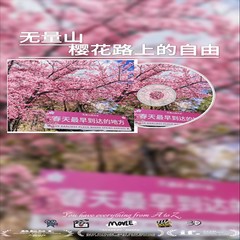
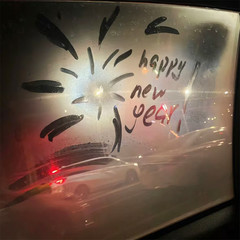


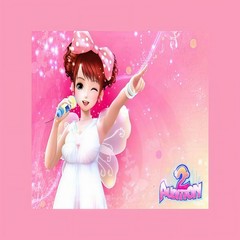



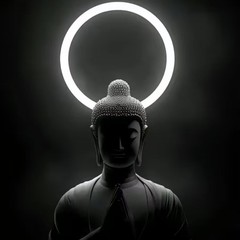
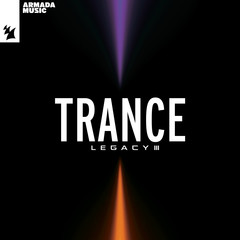




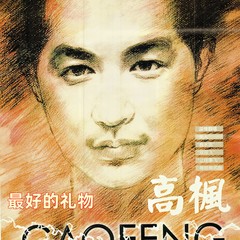













![[STATION] aespa《Dreams Come True》MV Teaser - aespa (에스파)](https://img2.kuwo.cn/wmvpic/324/79/54/2120387380.jpg?imageView2/1/w/195/h/130/format/jpg/q/60)





